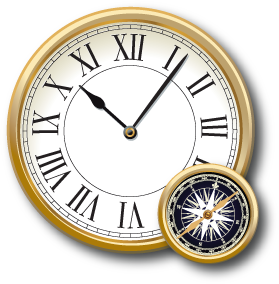The Joy of Practicing Celestial Navigation
I learnt celestial navigation with my father when I was in my early teens in the 1970s. Lots of fun. And just for the fun of it, in my first year of college I took a Navigation course from the ROTC group at the university. The summer after that first year, I was in Hong Kong (where my parents were living) and was asked to be part of a crew of six to sail someone’s 55’ sailboat from Hong Kong to Japan. What an adventure! As the day to depart approached one after another of the other crew members had to drop out – leaving three of us left: the captain, his daughter, and me. The captain was about to cancel the trip because the navigator had dropped out as well. He asked me if I knew how to navigate and I said “I think so!”. So off we went, arriving in Japan about two weeks later! So with great joy I was able to return to my ROTC Navigation instructors the next semester and tell them how fortuitous it was that I took the class because it immediately became incredibly important! I still enjoy sailing and for extended trips still take the sextant along to keep up the traditional skills. There is just something tremendously satisfying about measuring the height of celestial bodies and with a good time-piece calculating being able to plot a pretty accurate position on a chart.





Post new comment
1 Comments
Position yourself with your head pointed East and your right hand pointed North. The night sky will witness the Milky Way roll by as if in slow motion.
After one year the view includes thirteen Lunar sightings, each shifting from Full, to waning, then New (Nude) to waxing. Each Moon services a new Constellation.
In that first year the viewer will recognize a preference for choosing the Pole Star in the northern hemisphere. View of the Southern hemisphere requires sighting the Southern Cross. Various assumption about the Moon will affirm a greater understanding of the mechanics of the Universe at large. Numeric systems take on a higher purpose. Worth of mention is the greater appreciation of rain, sleet, snow and sweltering heat encountered as part of the observation. Keep looking UP!